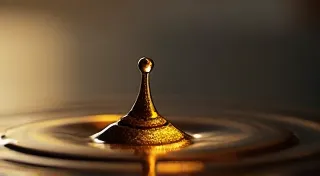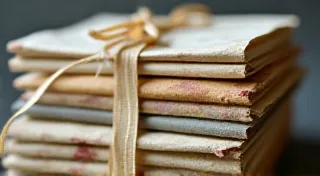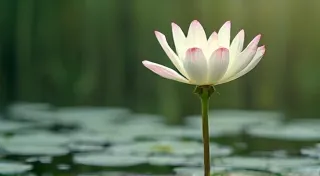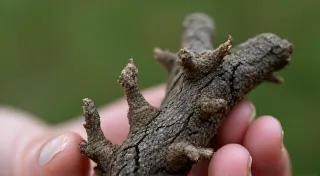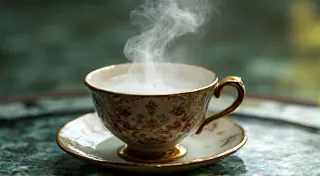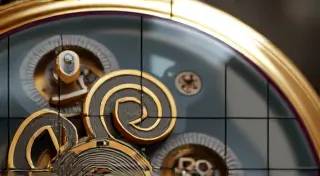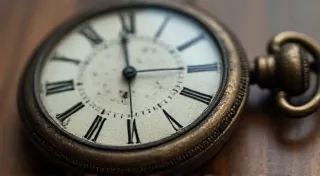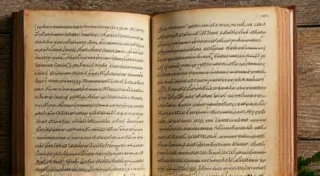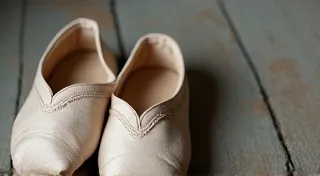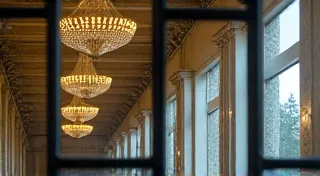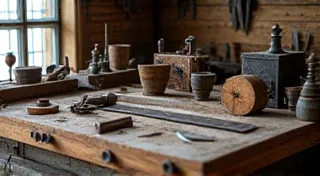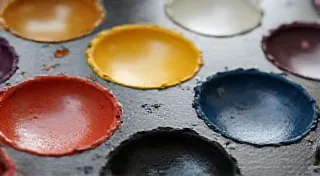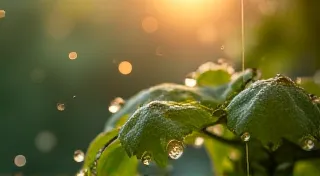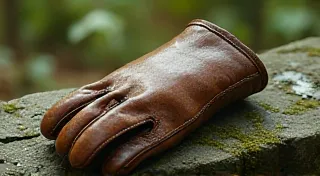Restoring Antique Accordions: A Journey Through Time and Music
Welcome to a sanctuary dedicated to the art and science of antique accordion restoration. More than just repair, it’s a passion – a meticulous process of bringing these beautiful, complex instruments back to life, preserving their history, and rediscovering the unique voices held within. This website is a resource for seasoned restorers, budding enthusiasts, and anyone captivated by the echoes of a bygone era when the accordion reigned supreme in salons, dance halls, and the hearts of music lovers worldwide. Whether you’re seeking detailed repair guides, historical insights, or inspiration for your own collecting endeavors, you’ve come to the right place.
The accordion, often unfairly dismissed, holds a rich and fascinating history. From its humble beginnings to its peak popularity, the instrument’s journey is intertwined with social and musical evolution. We’re not just focused on the mechanics; we delve into the cultural significance, the artistry of the makers, and the emotional connections that these instruments evoke. For example, consider how accordion design influenced dance styles, a subject explored in "The Dancer’s Footfall: How Accordion Design Influenced Dance Styles". Understanding this context is crucial to approaching restoration and collecting with respect and reverence.
The Art of Preservation and the Collector's Eye
Restoring an antique accordion is a delicate balancing act. It’s about more than just replacing broken parts; it's about understanding the original craftsmanship, the materials used, and the intended sound. For the dedicated collecting enthusiast, the provenance and rarity of an accordion significantly enhance its value and appeal. Knowing the maker’s history, any unique features, and the instrument's journey through time adds another layer of appreciation. The process demands patience, skill, and a deep appreciation for the intricacies of mechanical engineering and musical history. The ability to determine the instrument’s provenance, or history, can be a rewarding but complex process, as detailed in "The Archivist's Query: Deconstructing a Damaged Accordion’s Provenance".
Understanding the Components: A Technical Deep Dive
Let’s delve into some key areas of accordion restoration. The bellows, the very breath of the instrument, are often the first to require attention. Understanding how humidity affects their condition, and the overall sound, is essential, as explained in "Resonance of Time: How Humidity Affects Antique Accordion Bellows and Sound". Similarly, the intricate dance between air and music – that very breath – is a beautiful subject of focus, which is explored in "Bellows of Breath: The Alchemy of Air and Music". For serious collecting, recognizing subtle differences in bellows construction and material can indicate age and manufacturer.
The reeds themselves are the soul of the accordion, responsible for its unique voice. Matching reeds to the original timbre – recreating the intended sound – is a highly specialized skill, as outlined in "A Palette of Sound: Matching Reeds to Original Timbre". Beyond the reeds, the keys, or buttons, each holds its own story. Decoding the language of those antique accordion keys – understanding their function and significance – is a fascinating pursuit, covered in "The Button's Whisper: Decoding the Language of Antique Accordion Keys". Sometimes, parts are simply missing; tracking down those “orphaned keys,” or lost components, can be a challenging but ultimately rewarding endeavor, detailed in "Orphaned Keys: Tracking Lost Components in Antique Accordion Restoration".
The Woodworker's Perspective: Preserving the Frame
The antique accordion frame, often crafted from fine woods, is a testament to the artisan's skill. The carpenter’s lament – dealing with the effects of weather and time on this vital component – is a constant challenge for restorers, a topic explored in "The Carpenter’s Lament: Wood, Weather, and the Resilience of Accordion Frames". Identifying regional variations in antique accordion design – recognizing the subtle differences in construction and appearance – is a key element in understanding the instrument’s heritage, a topic examined in "The Cartographer's Map: Identifying Regional Variations in Antique Accordion Design". Often, hidden markings can provide valuable clues about the maker and the instrument’s history, as explored in "The Conservatory's Secret: Discovering Unseen Markings on Antique Accordions". A dedicated collecting enthusiast will often focus on these distinguishing marks to identify rare or historically significant instruments.
Ethical Considerations and the Collector's Responsibility
Restoring antique accordions isn’t without its ethical considerations. The use of materials like ivory presents a complex moral dilemma, as discussed in "Ivory's Fading Embrace: Ethical Considerations in Antique Accordion Restoration". Furthermore, preserving the legacy of forgotten accordion makers – ensuring their contributions are recognized and celebrated – is a responsibility we all share. Responsible collecting involves understanding the provenance and history of an instrument, ensuring its proper care and preservation for future generations. A parallel exists with the restoration of stringed instruments – a relationship explored in "The Luthier’s Kinship: Parallelism Between Accordion and Stringed Instrument Restoration".
The Accordion's Rise and Fall – A Historical Perspective
The story of the accordion is a microcosm of broader cultural shifts. The echoes of the salon - the rise and fall of its popularity - offer valuable context for understanding its current status as a cherished antique, explored in "Echoes of the Salon: The Rise and Fall of the Accordion’s Popularity". The echoes of forgotten polkas are often heard in beautifully restored instruments, and is captured in "Chromatic Ghosts: The Echoes of Forgotten Polkas". For those interested in alternative tuning systems, “Achromatic Dreams: Experimenting with Alternative Tuning Systems on Antique Accordions” offers an intriguing perspective.
Beyond the Mechanics: The Emotional Resonance and Collector's Pride
Ultimately, accordion restoration is about more than just fixing a broken instrument. It's about connecting with the history, the artistry, and the emotional resonance of a piece of musical heritage. For the discerning collecting enthusiast, owning a beautifully restored antique accordion is a source of immense pride and a testament to craftsmanship. The finished restoration evokes something truly special – the joy of bringing a silent voice back to life. The emotional resonance of a finished restoration is a powerful reward for the painstaking work involved, and discussed in "Beyond the Mechanics: The Emotional Resonance of a Finished Restoration".
We invite you to explore this website and delve deeper into the fascinating world of antique accordion restoration. Whether you’re a seasoned professional, a budding restorer, or a passionate collecting enthusiast, there's something here for everyone. Happy restoring!

